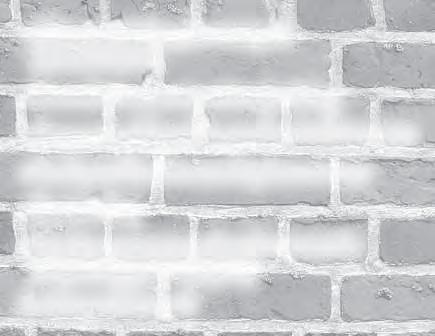
3 minute read
JAMES D. DONOHUE INSURANCE
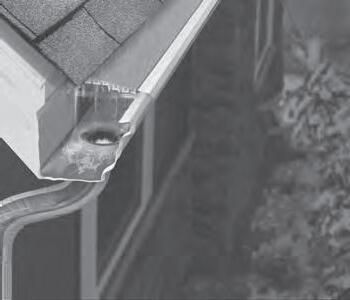

Family owned and operated since 1938
585-343-5604

“Where you’re a name, not just a number”
“Look
• Basic Painting
• Cabinet Painting/Refinishing
• YES We Remove “Popcorn” Ceilings
585.409.8246 - OR585.536.9062
Strange But True
By Lucie Winborne
We’ve Moved!
Buying Gold & Silver Old
We also buy platinum, coin collections, estates, rare coins, etc.
Hours: Mon, Tues, Thurs 10am-2pm
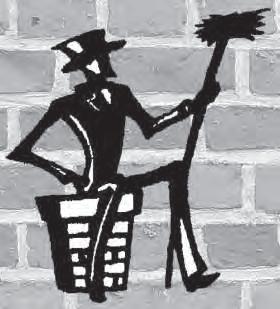
John G. Cooper COIN DEALER
450 N. Main St., Suite #100 Warsaw, NY 14569
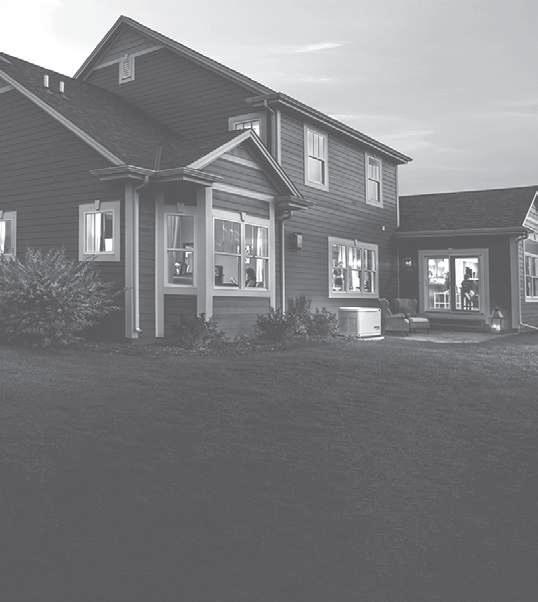
Simplify vacations and savor the fun
Rent a car. Find out if a rental car can be included in the price of your vacation. Having a car at the ready means vacationers can come and go as they please without worrying about hailing taxis or waiting for public transportation. Rental cars also provide access to areas outside of resort confines. Research possible destinations in advance and map out where you want to go to remain safe and prepared.
585-786-0061
585-441-5090
* Realizing that surgical antiseptics were marketable to just a small group of professionals, the makers of Listerine began to market the product as a floor cleaner -- as well as a cure for gonorrhea. While we won’t necessarily vouch for the latter, in a pinch, just add a capful for every gallon of water and mop away. Other uses include dandruff elimination, deodorant, a numbing agent for toothache pain and tick removal.
* A 1938 issue of “Mademoiselle” magazine had a handy bit of advice for college gals seeking suitors: have your mom send you some flowers to trick all the boys into thinking they have competition. No word on whether it worked.
* Ferdinand Demara, aka “The Great Impostor,” posed as a surgeon aboard a Navy destroyer in the Korean War, where he was forced to operate on 16 people. He proceeded to speed-read a textbook on general surgery and was able to successfully perform all the operations without losing a single patient.
Strange But True
By Lucie Winborne
* The maddening but addictive Rubik’s Cube was created by accident. Professor of architecture Erno Rubik built a twistable box with colorful rows of labels on each side in an attempt to design blocks that could move without collapsing the entire structure. After rotating a few rows and mixing up the colors, the real challenge began: realigning the hues! It took Rubik about a month to restore his cube to its original condition.
I hear garlic is easy to grow around here. Do you have any tips for success?
Those who grow ‘their own’ know that homegrown produce tastes better than those bought at supermarket. This is also true for garlic! Garlic is one of the easiest vegetables to grow if a few critical requirements such as good soil, sufficient moisture, and correct planting and harvesting time are met.
This year’s spring was dry and irrigating the garlic helped greatly to keep it healthy while sizing up the bulbs. The leaf mold mulch we used kept the moisture in until the rains began in June. Coming July, it’s time to harvest your garlic crop!
There are two main types of garlic: hardneck and softneck. Hardnecks form fewer but bigger cloves located around a hard central stem. The stem develops a curling top called a scape. Softneck garlic forms a higher number of cloves, the bigger ones are on the outside and smaller ones on the inside of the bulb.
Softnecks tend to mature a week earlier than hardnecks. If you are growing Softneck Garlic, you need to look and see that at least 50% of it has fallen over and is laying on the ground. Then you know that your softneck garlic is ready to harvest.
Hardneck is usually ready in mid–July. Pull a few plants every few days and cut a cross section of the bulb. Once you see space forming between the cloves and the central stem, your garlic is ready for harvest.

Harvest by prying up the entire plant with a garden fork or shovel. Don’t shake or bang against the ground, instead, remove the soil by rubbing it off gently with your fingers. Let the bulbs dry off thoroughly in a single layer in the sun on the ground for a couple of days. Hang or lay them down on shelves, window screens etc. with a good air flow to dry. Clean off when fully dry 2-3 weeks after harvest. This is also time to cut the roots. Keep your garlic in a low humidity, wellventilated location with a temperature of 60 to 65*F.
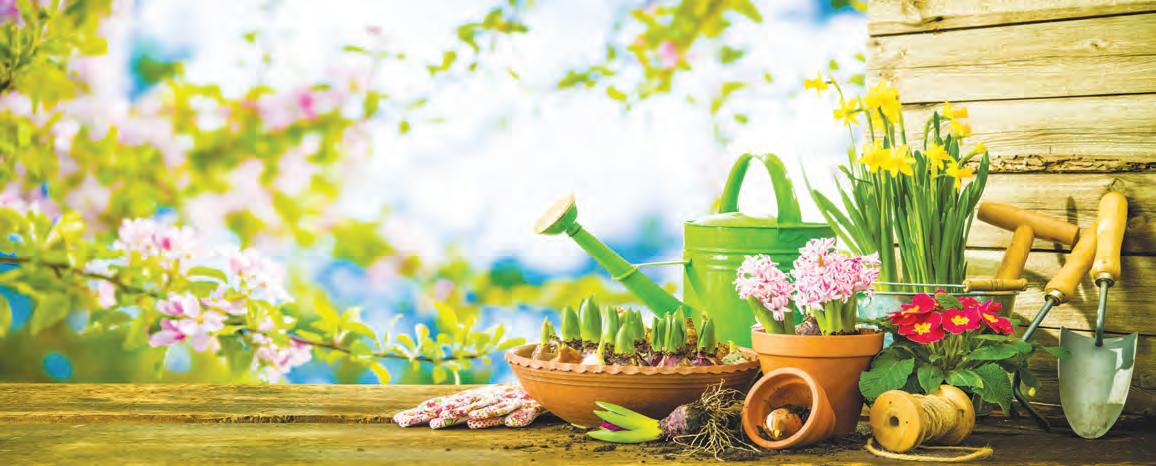
CCE’s Agriculture Program offers a garlic growing class.Stay tuned for updates coming out soon at https://monroe.cce.cornell.edu/ events.
National Day 8.7.23










